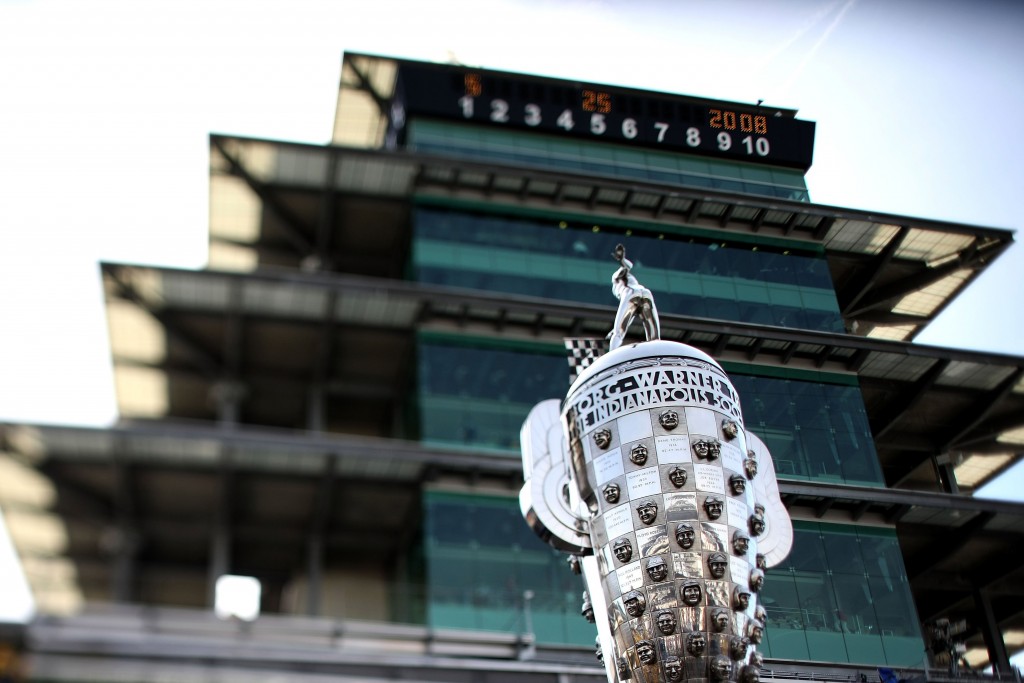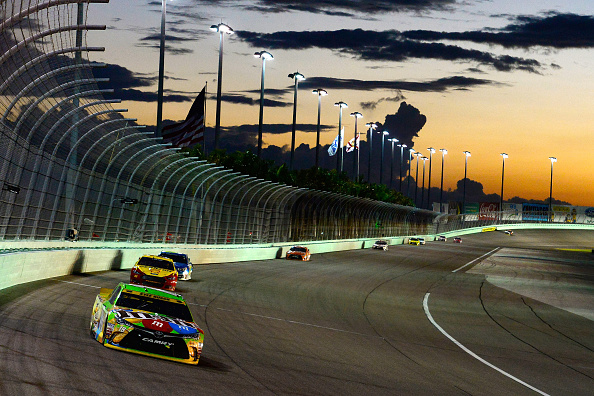The Sunday before Memorial Day has long been the most thrilling day on the calendar for world motorsports. Sure, the Daytona 500 in the United States and the 24 Hours of Le Mans in France may be more glamorous single days in the racing world, but Memorial Day weekend is heaven for racing fans with nonstop action from morning till night.
First, the Grand Prix of Monaco — the most glamorous race in the world, the crown jewel on the Formula One calendar — takes place. Next is the Indianapolis 500, the most important open-wheel race in the world, especially in its 100th running this weekend. Finally, NASCAR enters the fray with the Coca-Cola 600 at Charlotte, the longest race in the series testing the endurance of drivers more than any other.
However, each of these three races on the same day provides an opportunity to examine the unique challenges each series faces in 2016.
Formula One

Formula One is the richest motorsports series in the world, but it is also beset with the most imminent problems. From afar, Formula One should be approaching its peak. The defending champion is Lewis Hamilton, the young English superstar who leads the glamorous lifestyle to match his success on the track. His greatest rival is his teammate at Mercedes, Nico Rosberg, who is currently leading the championship standings. Both drivers are far and away the class of the field, which is usually cause for concern when one team is head and shoulders better than everyone else. In fact, to underscore their dominance, Mercedes won 16 of 19 races in 2015 and had won the first four races in 2016 before Rosberg and Hamilton wrecked each other on the first lap of the Spanish Grand Prix. That opened the door for Dutch wunderkind Max Verstappen to win his first race and become the youngest F1 winner of all-time.
The bitter rivalry between teammates Hamilton and Rosberg has many fans fondly remembering the days of Prost vs. Senna, when the sport was at its peak in the late 80s and early 90s. And the aftermath of the crash in Spain has the F1 world at the height of anticipation for this year’s Monaco Grand Prix.
But underneath the surface, F1 is clinging to its very existence. The competitive imbalance has been extreme, even by F1’s usual standards. The exorbitant costs of operating an F1 team has seen a high degree of turnover in recent years, as new teams are cycled through regularly, chewed up and spit out when all of their resources have been tapped out by the machine. Series regulars like Sauber are struggling to stay afloat.
Even more, the issues with F1 start at the top, with titular head Bernie Ecclestone and a confusing array of interests who have a stake in the sport leading behind a cloak of randomness and mystery. First, the sport saw a new qualifying regime turn into a disaster at the season’s first race in Melbourne. Then the drivers themselves took the unprecedented step of revolting by penning a letter to Ecclestone to voice their concerns about the “obsolete and ill-structured” governance of the sport. If anything, the attraction of the rivalry between Hamilton and Rosberg could be papering over the cracks in the sport’s infrastructure if change doesn’t come to the top of the sport.
IndyCar Series

At Indianapolis, the IndyCar Series has its one time during the auto racing year in the spotlight during the month of May. However, the problem plaguing this year’s 100th Indy 500 has been the same one that has dogged the sport for now well over a decade: the lack of star power. What once made the Indy 500 the most famous race in the world was not just the legendary Brickyard itself, but the names who tasted the traditional glass of milk in victory lane.
Andretti, Foyt, Unser, these are the most famous names in American motorsport.
Now? Can you even name who won the 2014 without going to Wikipedia? The answer… probably not. And why would you? Ryan Hunter-Reay was the first American to win the Greatest Spectacle in Auto Racing since Sam Hornish in 2006.
Hornish had a chance to be the new face of open-wheel racing, but he quickly left for greener pastures in NASCAR and was never heard from again. Even the crossover appeal of stars like Dario Franchitti (once married to Ashley Judd) and Helio Castroneves (perhaps more famous for Dancing with the Stars) hasn’t brought the Indy 500 back to the heights it once enjoyed. Castroneves, the charismatic Brazilian, has perhaps the best chance to lift the profile of the sport with a record-equaling fourth Indy 500 victory, but he hasn’t won since 2009.
The question facing IndyCar is this: Is it happy receding into the background like other niche sports — horse racing, boxing, tennis — only to poke its head out once a year? Or can the sport rally behind new, marketable stars with familiar names and faces to make a permanent dent in the appeal of America’s No. 1 racing series, NASCAR.
This year’s Indy 500 actually sold out for the first time in 20 years, so perhaps there are signs of hope for the race and the series.
NASCAR
Of all three of these sports, NASCAR is facing perhaps the most serious questions. F1 will always be the premier racing series worldwide, unless it collapses from within. And no matter how anonymous drivers at Indy remain to the general public, well over 200,000 fans still flock to the Brickyard every Memorial Day Weekend. But from its high point at the beginning of the millennium, NASCAR has seen a decline that has only hastened in recent years.
Last year, the Indy 500 outrated the Coca-Cola 600 for the first time in 10 years, which says more about NASCAR’s plight as that was still near a historic ratings low for Indy. This year has been more of the same for NASCAR as the first four races of the year set or tied multi-year lows in ratings.
Despite the precipitous drop in viewers, there are still many sports leagues that would kill for NASCAR’s ratings (cough, MLS, cough, NHL). But at this point NASCAR just can’t seem to do anything to reverse its decline in popularity. The Spring Bristol race, which for years had been sold out, looked more like a Rays/Indians game in early April.
The All-Star Race last weekend at Charlotte had fans confused and drivers irate with a ridiculously gimmicked set of rules. Of course, there are a multitude of factors which have led to NASCAR’s decline. Is it the cookie cutter drivers who look more like they came from the cover of GQ than their ancestral counterparts who originated the sport from running moonshine in the 50s and 60s as legend states? Is it the even more cookie cutter tracks that make places like Texas and Charlotte and Atlanta and Kansas and Kentucky blend together as one? Has NASCAR tinkered with its rules, cars, and championship formats one too many times for viewers to keep up?
And much like F1, which has expanded beyond its traditional European home, perhaps NASCAR left its southern roots much too quickly, alienating their most loyal fans. Or is NASCAR an innocent bystander of a sluggish economy that leaves casual fans finding better ways to spend their money than attending or even tuning in to watch a race?
Yes, this Sunday does provide a brief respite from the questions facing the long-term future of Formula One, IndyCar, and NASCAR. There’s no doubt the racing will be tremendous, the drama pulsating, and the victories well and truly earned. But for each of these series, a far more daunting challenge still awaits on the horizon: what the future holds for each of the premier racing series in the world.







